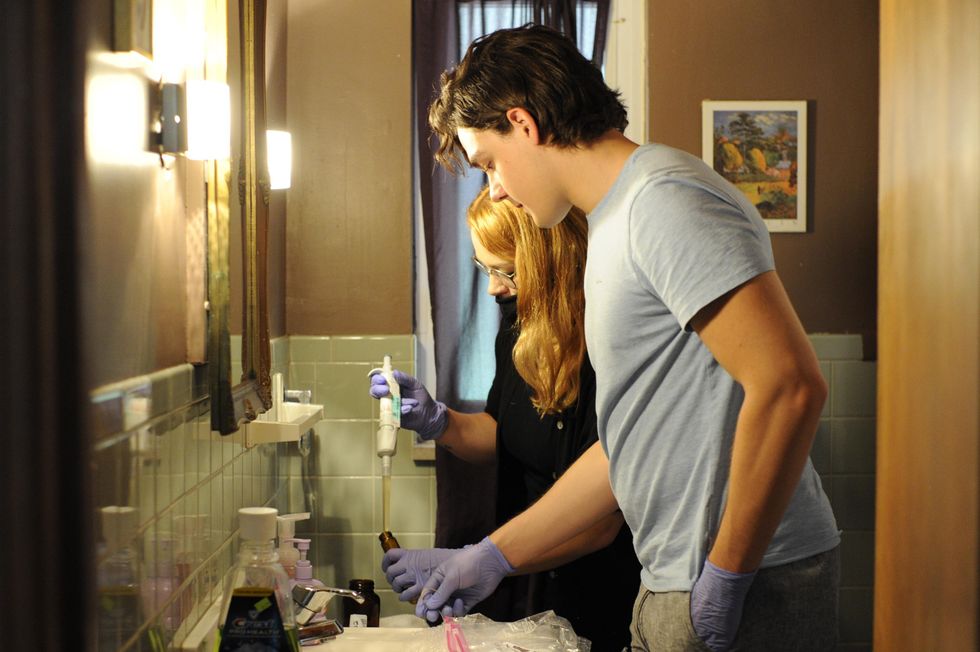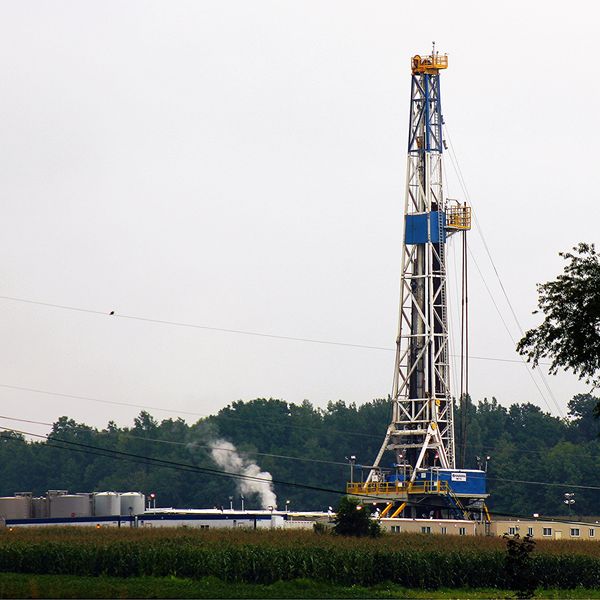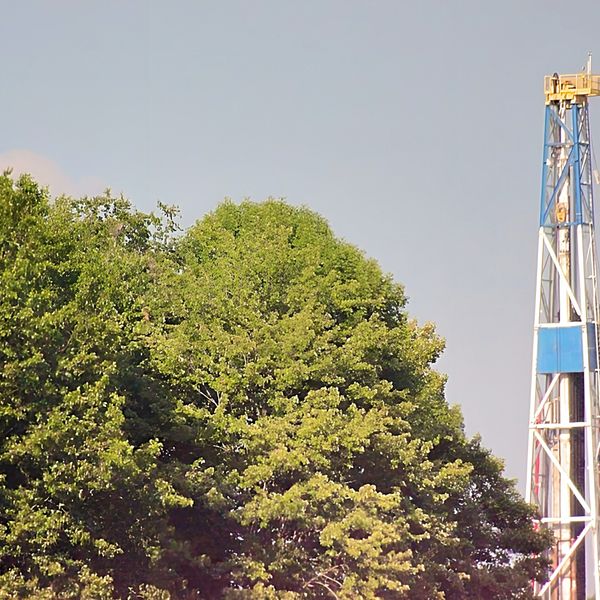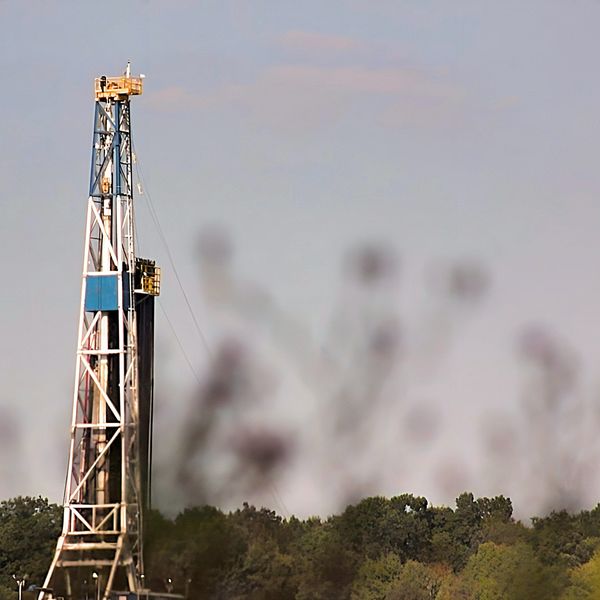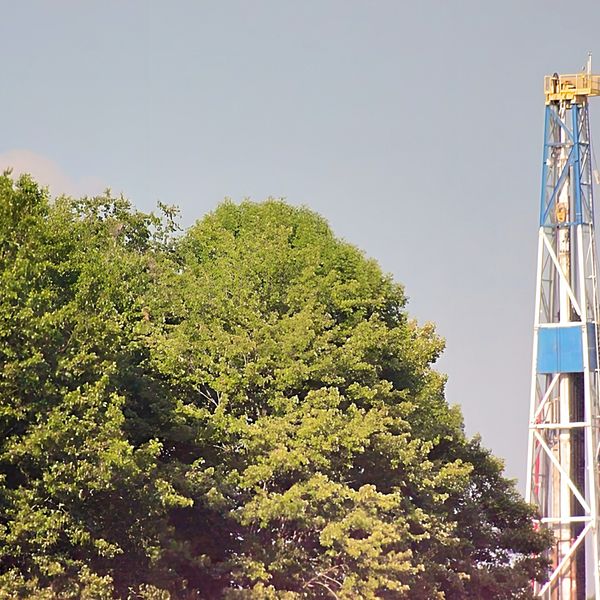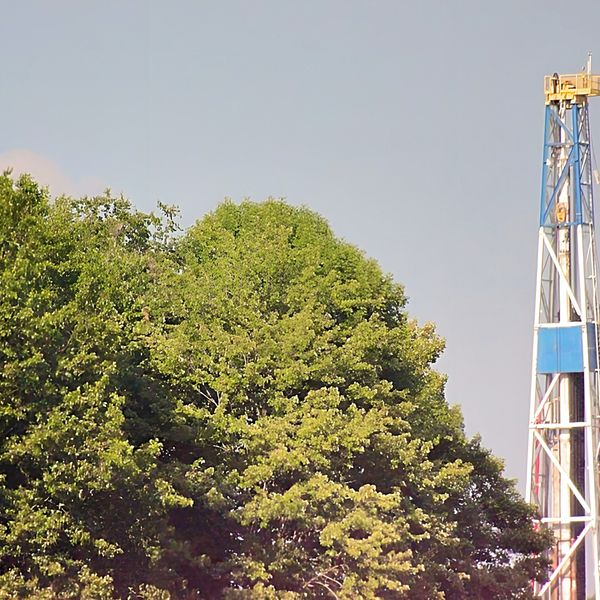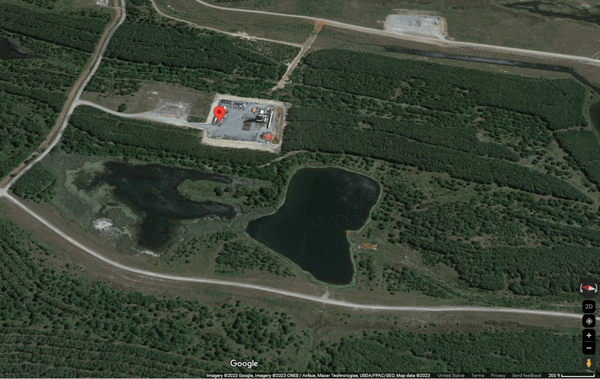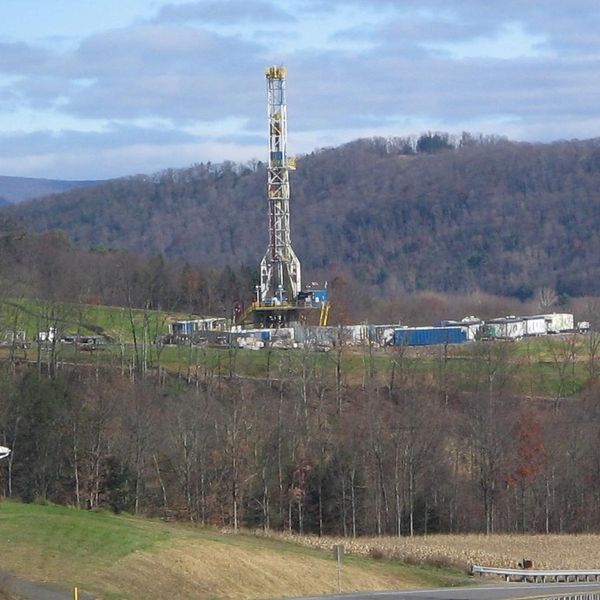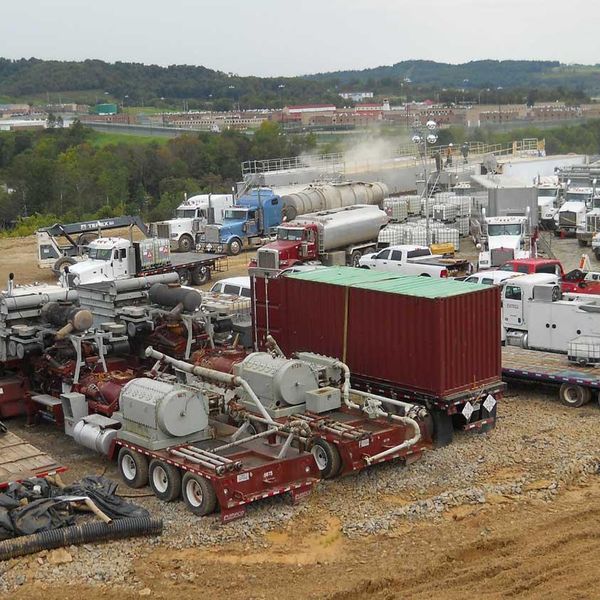Our two-year investigation into whether fracking chemicals are making their way into the bodies of families who live near wells yielded shocking results and prompted calls for action.
Here are the stories:
Part 1: Harmful chemicals and unknowns haunt Pennsylvanians surrounded by fracking
Part 2: The stress of being surrounded
Part 3: Distrustful of frackers, abandoned by regulators
Part 4: Buffered from fracking but still battling pollution
Part 5: About our data
Frequently Asked Questions: What to do, who to call, how to push for change
Continuing coverage:
Pennsylvania lawmakers urge Gov. Wolf to protect residents following EHN fracking investigation
Readers respond to our investigation
The political, media, and community response to our investigation
What do politicians have to say about our investigation?
Following up with families from EHN’s fracking investigation in western Pennsylvania
Listen: Kristina Marusic discusses the investigation
About this investigation
It's been 12 years since fracking reshaped the American energy landscape and much of the Pennsylvania countryside.
And despite years of damning studies and shocking headlines about the industry's impact—primarily on the state's poor and rural families—people that live amongst wellpads remain in the dark about what this proximity is doing to their health and the health of their families. A two-year investigation by EHN set out to close some of those gaps by measuring chemical exposures in residents' air, water, and bodies.
In the summer of 2019, we collected air, water, and urine samples from five nonsmoking southwestern Pennsylvania households. All of the households included at least one child. Three households were in Washington County within two miles of numerous fracking wells, pipelines, and compressor stations. Two households were in Westmoreland County, at least five miles away from the nearest active fracking well.
Over a 9-week period we collected a total of 59 urine samples, 39 air samples, and 13 water samples. Scientists at the University of Missouri analyzed the samples using the best available technology to look for 40 of the chemicals most commonly found in emissions from fracking sites (based on other air and water monitoring studies).
Heavy toll on families
This was a small pilot study, so we aren't able to draw any sweeping scientific conclusions from our findings. Instead, we hope our findings will provide a snapshot of environmental exposures in southwestern Pennsylvania families and help pave the way for additional research.
We found chemicals like benzene and butylcyclohexane in drinking water and air samples, and breakdown products for chemicals like ethylbenzene, styrene, and toluene in the bodies of children living near fracking wells at levels up to 91 times as high as the average American and substantially higher than levels seen in the average adult cigarette smoker.
The chemicals we found in the air and water—and inside of people's bodies—are linked to a wide range of harmful health impacts, from skin and respiratory irritation to organ damage and increased cancer risk.
But these stories are about more than a list of hard-to-pronounce chemicals. They're about a single father on disability who fears these exposures are causing his son's illness but can't afford to move; a family that did move to escape a school surrounded by well pads, but found themselves living next to a new set of wells and still being exposed; and quiet rural lifestyles once defined by idyllic farms, rolling hills, and fresh air now overwhelmed by heavy truck traffic, heavy industry, and communities at odds over whether to protest that loss or try and cash in by leasing their mineral rights.Far-reaching impacts
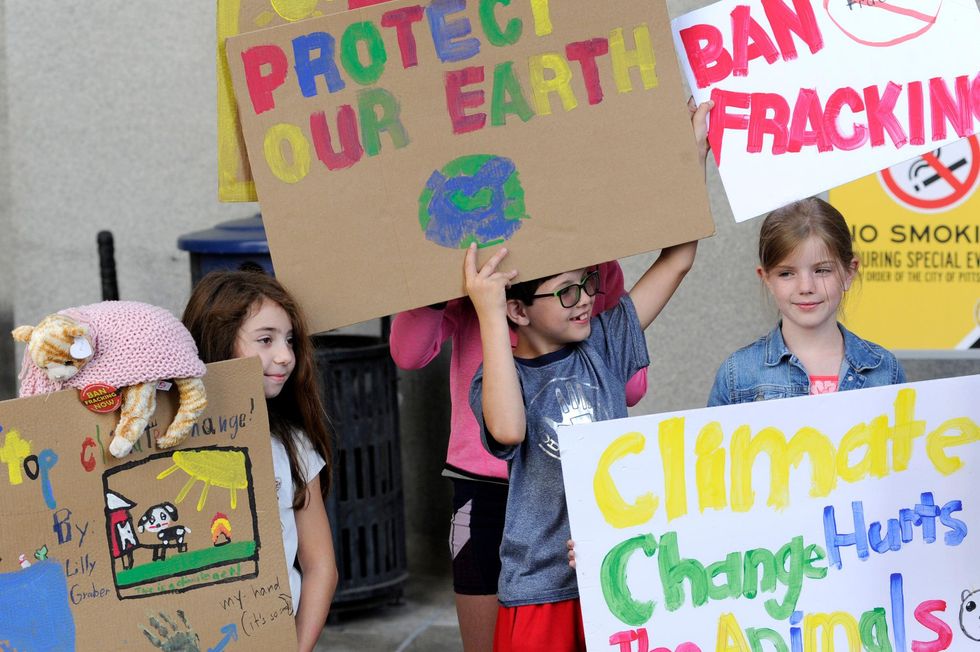
Children from two families involved in EHN's study participate in a 2019 youth climate change protest in downtown Pittsburgh. (Credit: Connor Mulvaney for Environmental Health News)
In the U.S., fracking has become a flashpoint in national debates about climate change and America's energy future. In Pennsylvania, study after study after study has found that state lawmakers who support pro-fracking legislation have received vast amounts of money from the industry, while polls show that a majority of Pennsylvania residents oppose fracking. Meanwhile, financial analysts fret about the industry's massive debt overhang and uncertain future, especially post-COVID-19.
While financial analysts, policymakers, and massive corporations squabble over the finer points of the fracking debate, families living amidst the wells day in and day out live in constant fear about what the industry might cost them—if they had another child, would they need to worry about birth defects? Are these exposures increasing their kids' cancer risk? Would it be safer to move to a place far away from all of this, even if it would also mean being far from their extended families, friends, and communities? And even if they could move, how far would they have to go to feel safe?
EHN's analysis also found unexpected exposures even in families that live further away from fracking wells in Westmoreland County, proving that in southwestern Pennsylvania, we really are all sharing the same airshed—and that exposure impacts from the oil and gas industry's emissions likely extend far beyond just the people living right next door to well pads.
EHN is an award-winning nonpartisan organization dedicated to driving science into public discussion and policy. Read the 4-part series below, and listen to an interview with reporter Kristina Marusic about the science and investigation.
Follow the fallout from this investigation on Twitter at the hashtag: #FracturedUSA
Part 1: Harmful chemicals and unknowns haunt Pennsylvanians surrounded by fracking
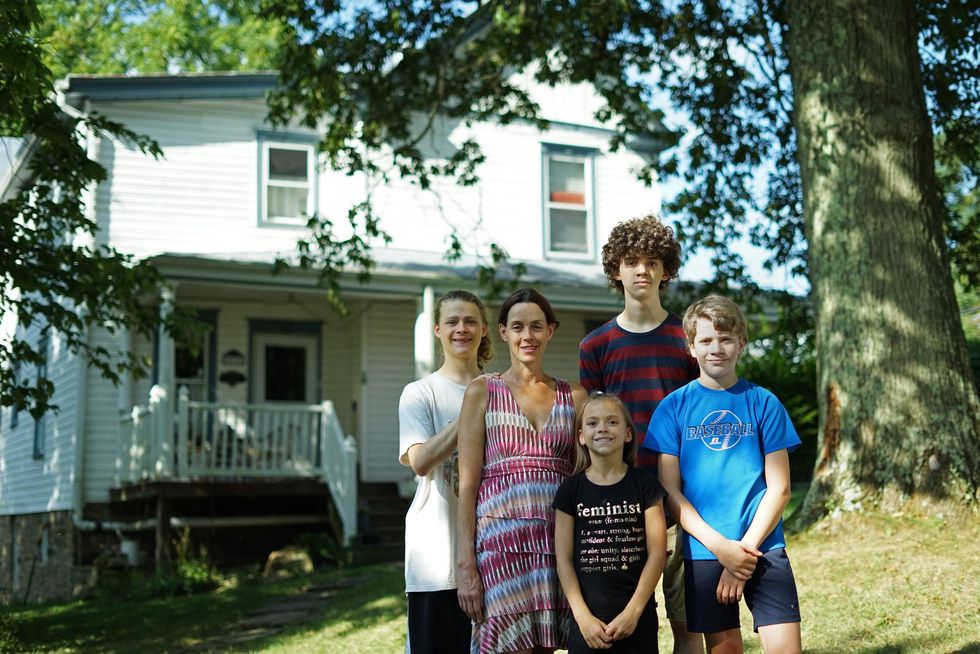
Our urine tests of five families in and near fracking country found biomarkers for hazardous fracking chemicals in children at levels far higher than those seen in the average American.
Part 2: The stress of being surrounded
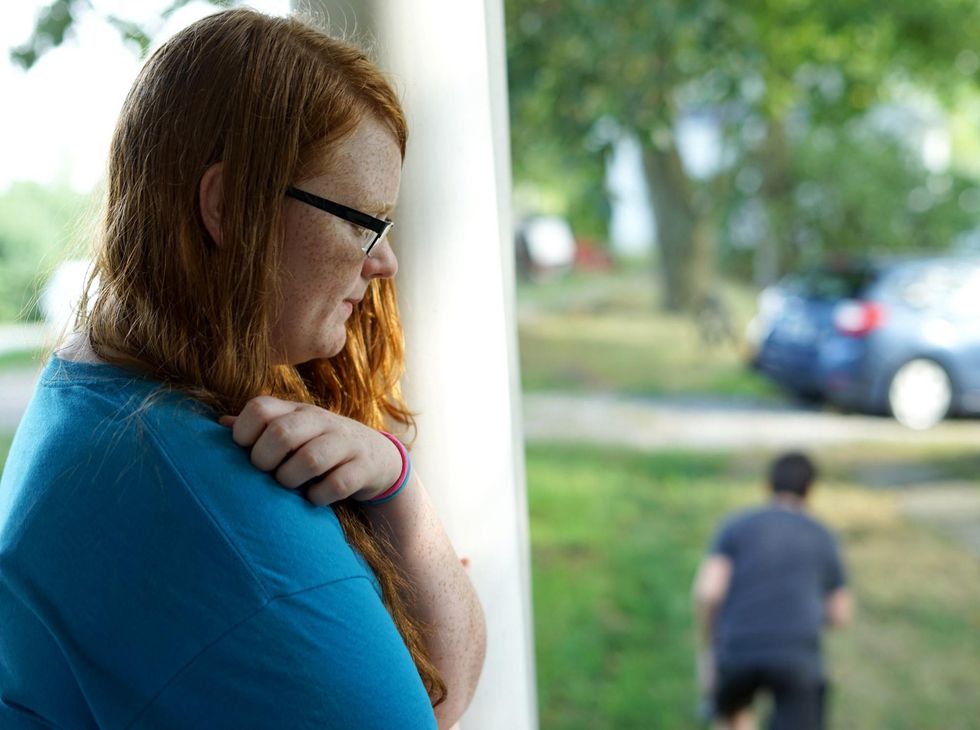
The pervasiveness of the industry in rural America leads to mental health issues including anxiety and depression among residents, and opens hard-to-heal rifts in communities.
Part 3: Distrustful of frackers, abandoned by regulators
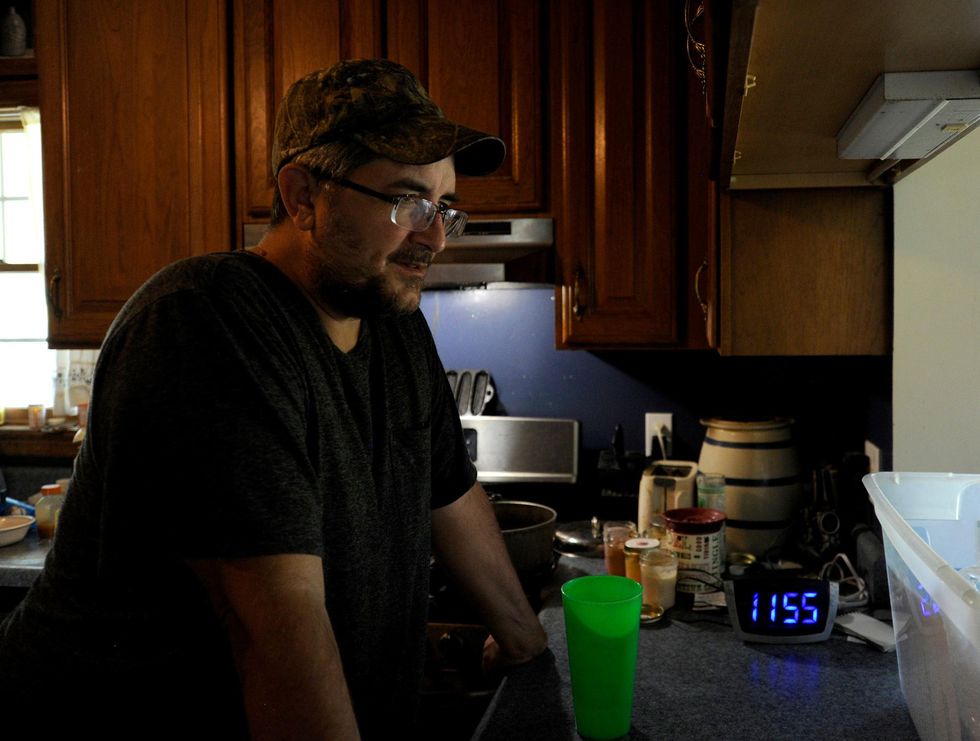
Distrustful of doctors, fracking companies and state agencies, residents are getting few answers to their pleas for help.
Part 4: Buffered from fracking but still battling pollution
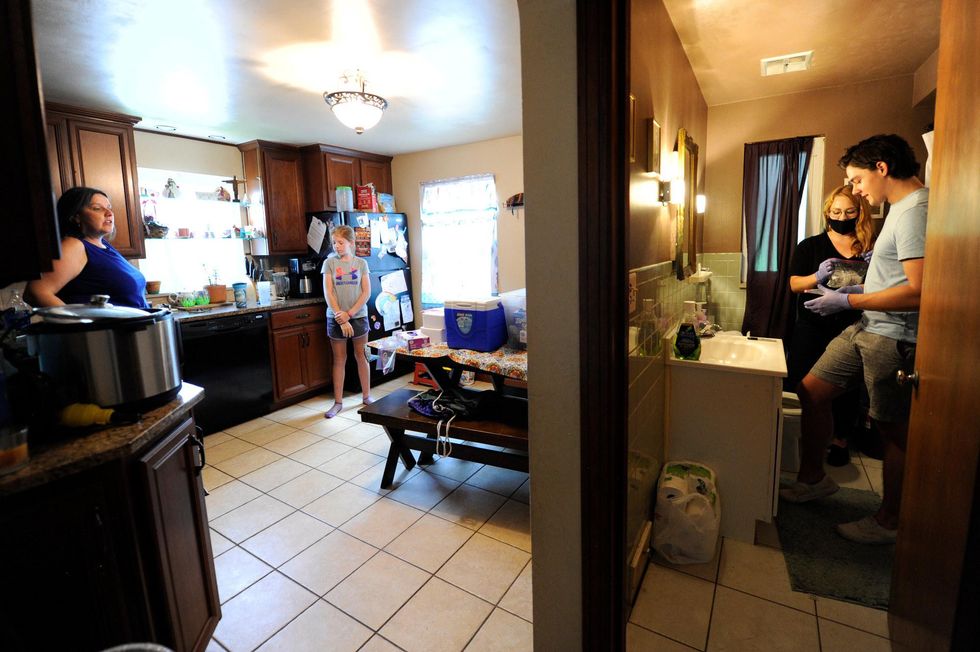
Activists dedicated to keeping fracking wells out of their small township have been successful so far, but oil and gas pollution is encroaching as a dense network of oil and gas pipelines and infrastructure grows more pervasive.
LISTEN: Kristina Marusic discusses the "Fractured" investigation
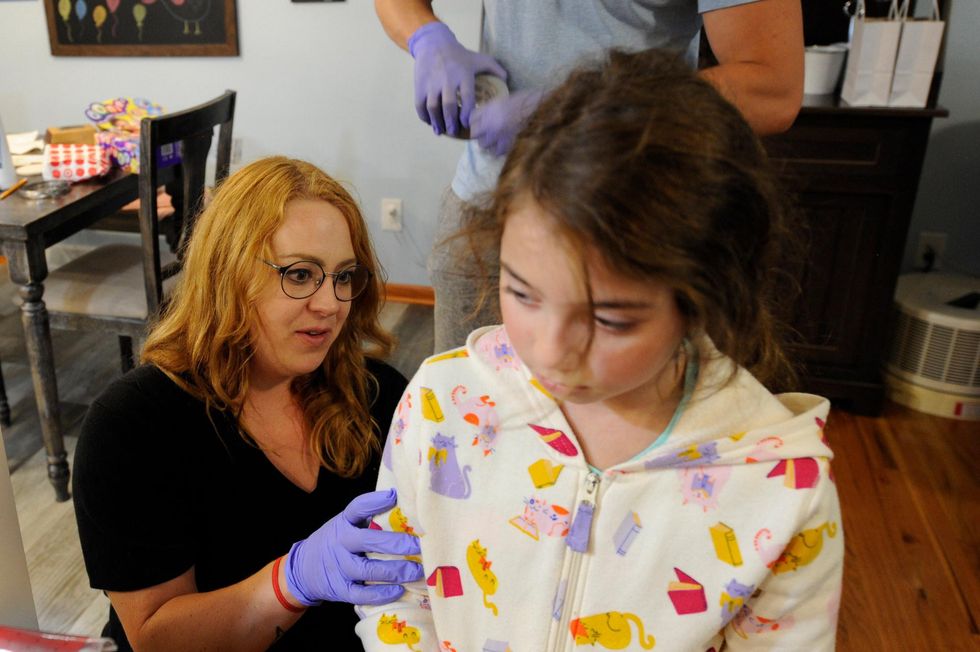
The story behind "Fractured," an investigation of fracking pollution in western Pennsylvania.
Continuing coverage
Fractured: Readers respond on fracking reporting
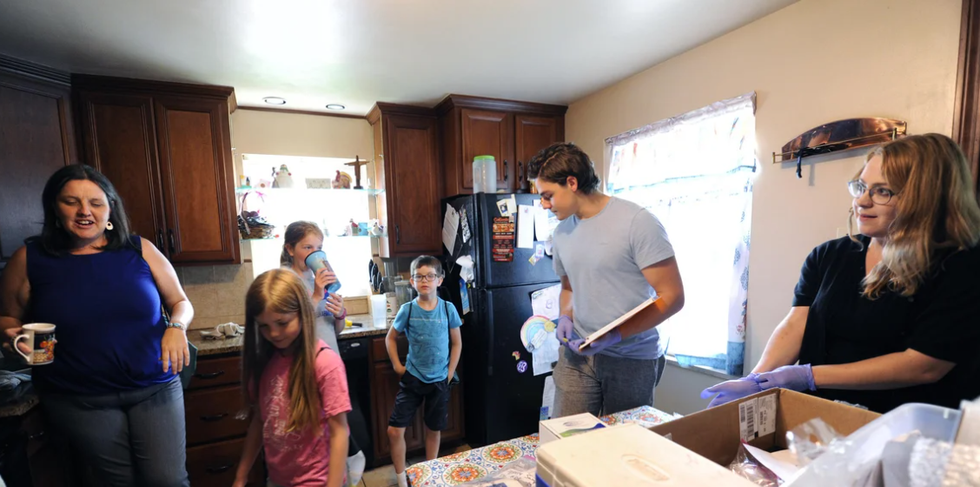
Our 'Fractured' investigation found disturbing evidence of fracking pollution leaching into our bodies. Readers responded.
Pennsylvania lawmakers urge Gov. Wolf to protect residents following EHN fracking investigation

The letter, signed by 35 state representatives and senators, points to EHN testing that found harmful chemical exposures in Pennsylvania families.
The political, media, and community response to our Fractured investigation
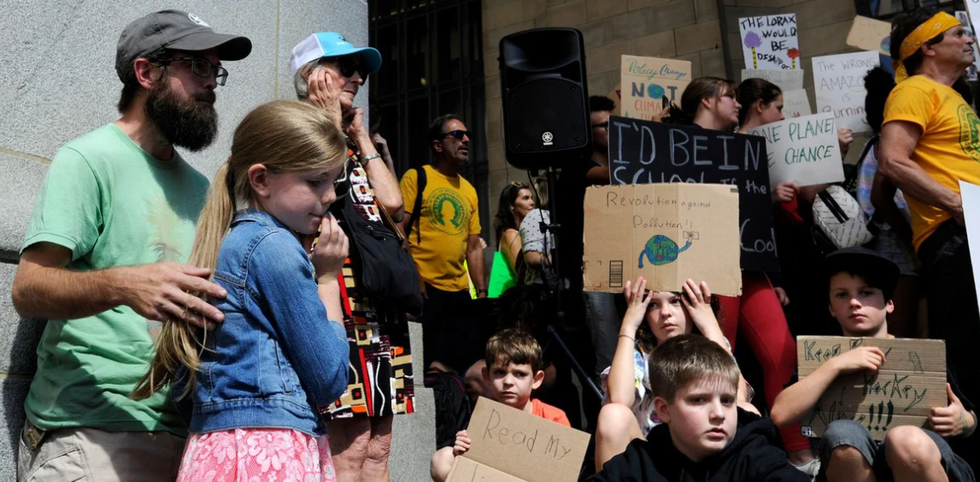
From a media blitz to calls for statewide drilling bans, here's a look at the fallout and impacts so far from EHN's investigation of western Pennsylvania fracking impacts.
What do politicians have to say about 'Fractured?'

These are the responses we've gotten so far from politicians about our study that found Pennsylvania families living near fracking wells are being exposed to high levels of harmful industrial chemicals.
Frequently Asked Questions about Fractured: What to do, who to call, how to push for change.
Have you been impacted by fracking? We want to hear from you. Fill out our fracking impact survey and we'll be in touch.
Banner photo: Two of the children involved in EHN's study participate in a 2019 youth climate change protest in downtown Pittsburgh. (Credit: Connor Mulvaney for EHN)
- Fractured: Readers respond on fracking report - EHN ›
- Community activists lauded in fight for environmental and racial justice - EHN ›
- A string of kindness and good deeds - EHN ›
- Public health in Pennsylvania ignored during fracking rush: Report - EHN ›
- Op-Ed: Black gold and the color line - EHN ›
- EHN reporter wins Golden Quill awards for reporting on petrochemicals and PFAS - EHN ›
- Fracking risks for childhood cancer, low birth weights, asthma - EHN ›
- EHN reporter wins Child Health Advocate Award - EHN ›
- What happens if the largest owner of oil and gas wells in the US goes bankrupt? - EHN ›
- Revealed: Nearly 100 potential PFAS-polluted sites in Pennsylvania, Ohio and West Virginia from fracking waste - EHN ›
- A guide to environmental health in southwestern Pennsylvania - EHN ›
- PFAS: The latest toxic concern for those near fracking - EHN ›
- Please check your inbox to confirm your subscription. - EHN ›
- “Forever chemicals” in Pennsylvania fracking wells could impact health of surrounding communities: Report - EHN ›
- EHN reporter discusses new proposed fracking regulations in Pennsylvania on "Living on Earth" - EHN ›
- EHN reporter reveals a revolution in cancer prevention in new book - EHN ›
- See where toxic PFAS have been used in Pennsylvania fracking wells - EHN ›
- Colorado is the first state to ban PFAS in oil and gas extraction - EHN ›
- EHN reporter wins Golden Quill award for "Fractured" reporting - EHN ›
- EHS' 2021 Annual report: Environment, climate, impact - EHN ›


